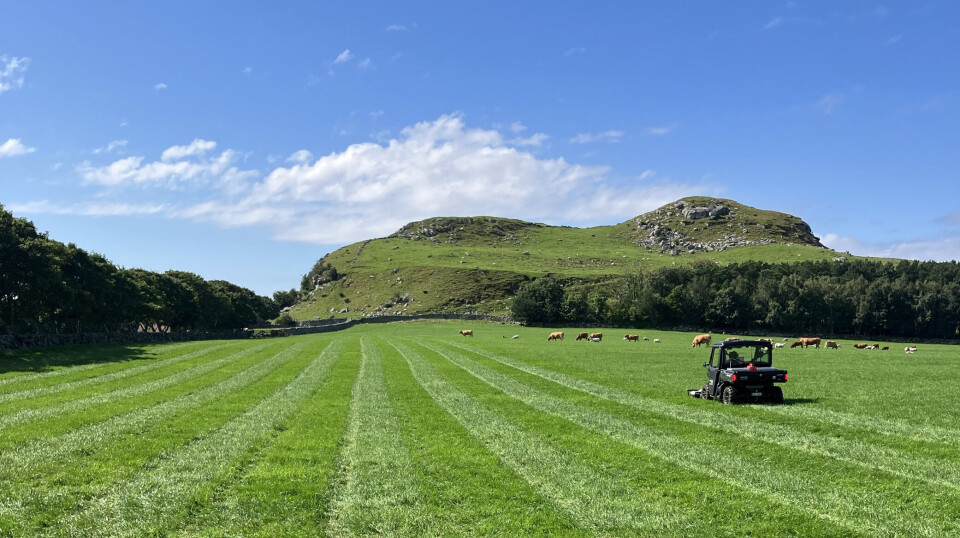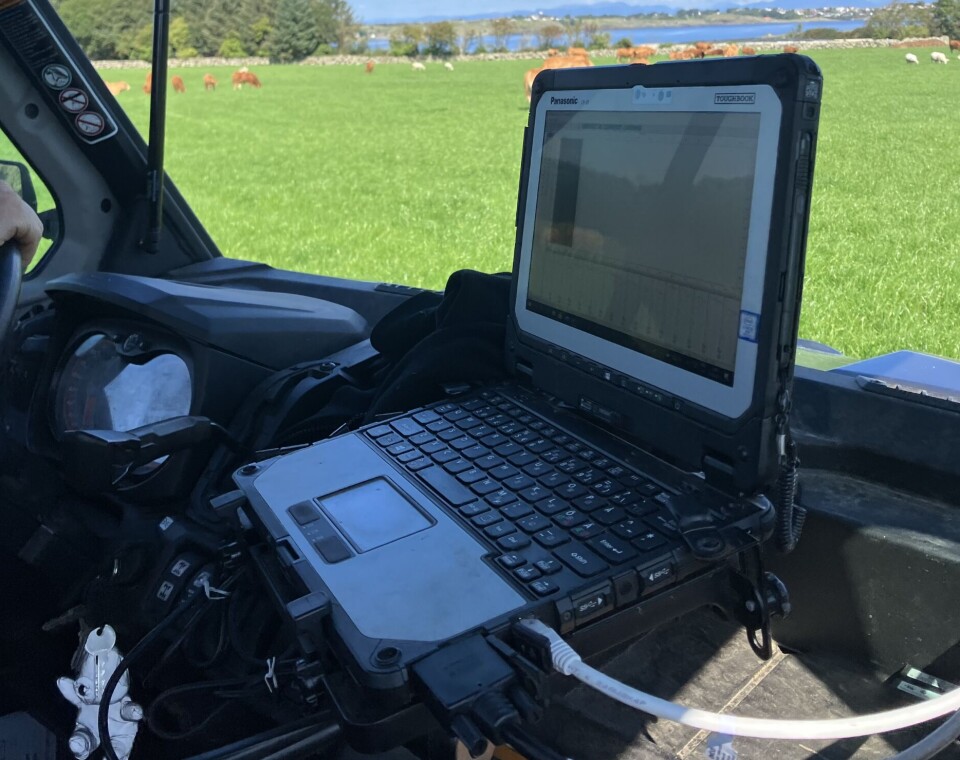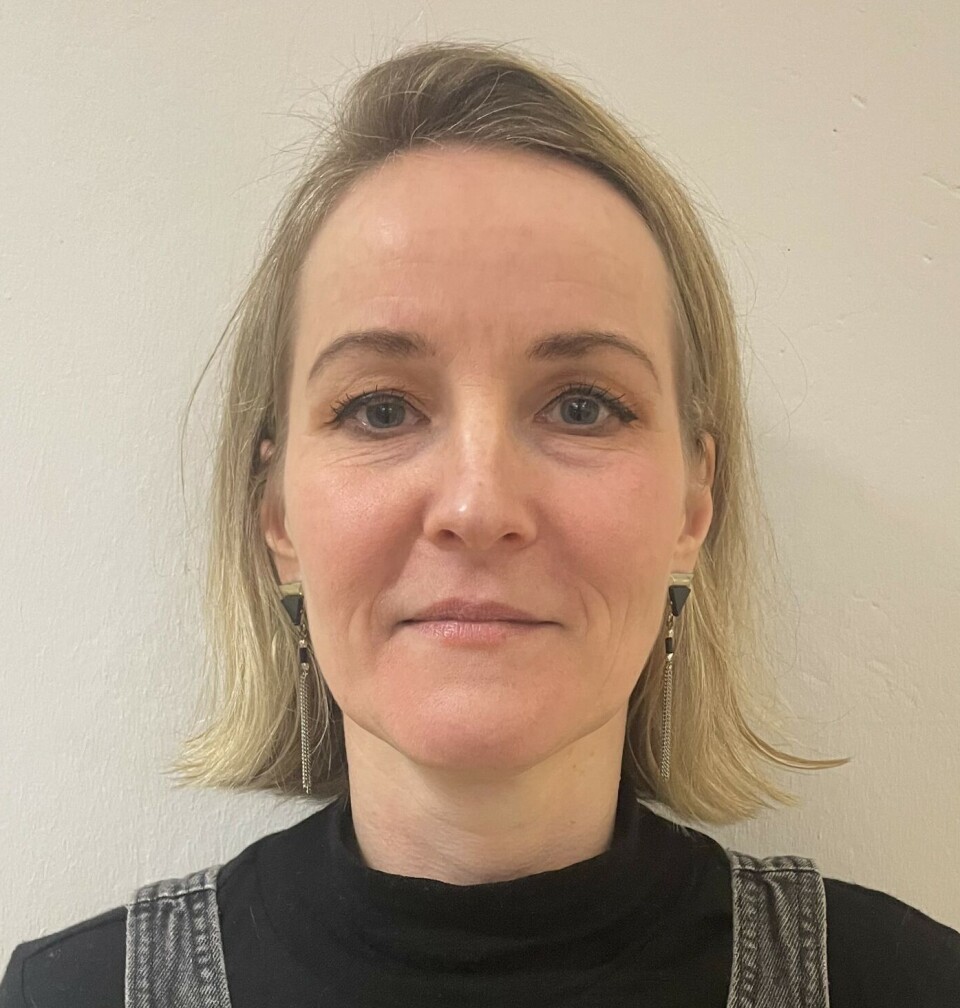THIS CONTENT IS BROUGHT TO YOU BY the University of Stavanger - read more

Archaeologists may have found a marketplace from the Viking Age
The unique discovery was made using ground-penetrating radar.
Klosterøy is an island in southwestern Norway known for its rich cultural heritage. Here, you can find Norway's most well-preserved medieval monastery, along with other attractions.
Archaeologists were therefore not surprised when new surveys using ground-penetrating radar yielded good results in September 2023.
Discoveries of several structures interpreted as pit houses, as well as three pier- or boathouse foundations, has led archaeologists to suspect they are uncovering a marketplace.
These interpretations are further supported by numerous metal detector finds at Utstein on Klosterøy, such as coins and weights, commonly associated with trade.
If this turns out to be the case, and the interpretations are correct, the discovery is unique to this part of Norway. The surveys were conducted in the protected cultural environment at Utstein Gard, which is privately owned.
Typical Scandinavian houses

Pit houses are structures where the floor is excavated below ground level. Such houses were used in various places in Europe, particularly common in Scandinavia and Iceland.
“In the pits, you can often find remains of a floor surface. There may also be postholes from the supporting structure, as well as a fireplace. The construction makes them cool in the summer and warm during winter. A common interpretation of pit houses is that they served as workshops associated with craftsmanship,” Kristoffer Hillesland says.
He is an archaeologist at the University of Stavanger's Museum of Archaeology.
The archaeologists have also found possible traces of newly discovered burial mounds, cooking pits, cultivation layers (layers of soil resulting from agriculture), and settlement traces.
Large research project
The ground-penetrating radar surveys were carried out as part of the Power's Harbor esearch project. Associate Professor Håkon Reiersen at the Museum of Archaeology is one of the leaders of this research project.

He has considered the areas around Utstein Monastery as a very interesting location for possible ground-penetrating radar surveys for many years.
“We have received numerous metal detector finds from Utstein in recent years, including items associated with trade such as weights and coins. One of the things we wanted to investigate with the ground-penetrating radar was whether there could be additional traces of trade activity. I am therefore not surprised that the results now indicate that Utstein was indeed a marketplace in the Viking Age and early Middle Ages,” Reiersen says.

Possible pit houses
In the ground-penetrating radar data, archaeologists have found several structures that are clearly man-made.
They appear as large pits and resemble the size and shape of pit houses from the Viking Age found in other places in Norway, such as Kaupang in Tønsberg and Bjørkum in Lærdal.
“Over the past few years, we have seen great pictures of large Viking ships in burial mounds detected while using ground-penetrating radar," Hillesland says about the data they collected during the investigations at Utstein.
“In this case, the pictures may not be as spectacular, but the results are just as interesting," he continues.
Probable marketplace
The three pier- or boathouse foundations, along with various cooking pits, add substantial support to the archaeologists’ hypothesis that the site is a marketplace.
When these are examined alongside the burial mounds, the metal detector finds, and other cultural sites at Utstein, it strengthens the likelihood that the archaeologists have found evidence of a marketplace that experts have believed existed at Utstein for a long time.
The interpretations were developed by archeologists at the Museum of Archaeology, in collaboration with Erich Nau from the Norwegian Institute for Cultural Heritage Research (NIKU).

Further investigations are needed

“While many indicators suggest that this may be a marketplace, we cannot be 100 per cent certain until further investigations are conducted in the area to verify the findings," Grethe Moéll Pedersen says.
She is an archaeologist at the Museum of Archaeology.
"Ground-penetrating radar has proven to be a useful tool for us, but it cannot completely replace traditional archaeological excavation methods,” she says.
There are currently no concrete plans for further investigations. In order to initiate a research project in the area in the future, archaeologists rely on funding and agreement from the landowners.
Good collaboration with landowners
The ground-penetrating radar surveys were carried out in collaboration with the landowners at Utstein Gard.
They took over the historic farm in 2012 and are currently involved in sustainable food production and outreach-activities in the protected cultural environment at Utstein.
The landowners are highly interested in the archaeological findings on the farm.
“We find it exciting that discoveries were made on our farm. We know we live in a historically interesting area. There has been farming here at Utstein since at least the Viking Age. We have a great interest and respect for the history that we are a part of,” Anders Schanche Rettedal, one of the landowners, says.

This content is paid for and presented by the University of Stavanger
This content is created by the University of Stavanger's communication staff, who use this platform to communicate science and share results from research with the public. The University of Stavanger is one of more than 80 owners of ScienceNorway.no. Read more here.
More content from the University of Stavanger:
-
How the Vikings protected themselves from attacks
-
Like tuning forks in space: A final pure tone reveals the mysterious interior of neutron stars
-
Could scented books encourage more kids to read?
-
Artificial intelligence could improve the quality of life for more patients following a stroke
-
Cathedral's lost treasures uncovered
-
Norwegian researchers can contribute to changing the Big Bang theory




































